DANCO EN
ELECTROLESS NICKEL (EN) plating is a coating process that involves the deposition of a layer of Nickel onto a part without the use of electrical current. Instead, the plating is achieved through a chemical reaction between a reducing agent and nickel ions in a plating solution. It is the application technology that results in a uniform coating thickness when compared to Electro-deposited Nickel Coating. This makes it more suitable for more complicated part configurations. Danco currently offers Mid-Phosphorous and High Phosphorus Electroless Nickel baths. Electroless nickel plating offers a range of benefits and uses due to its unique properties and method of application. Some common uses of Electroless Nickel plating include corrosion protections, wear resistance, solderability, electrical conductivity and chemical resistance. It has a wide industry usage in the Automotive, Aerospace, Space Exploration, Electrical, Oil and Gas, and various Commercial Tooling applications. Post Plate heat treatments are also offered to meet Class 2, 3 and 4 requirements per AMS 2404 and MIL-C-26074
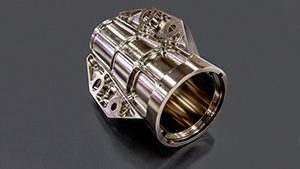
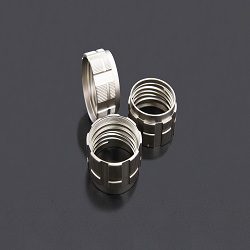
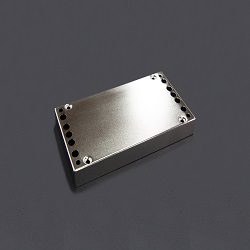
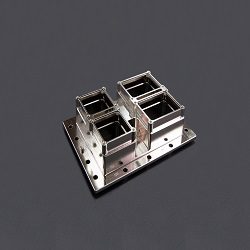
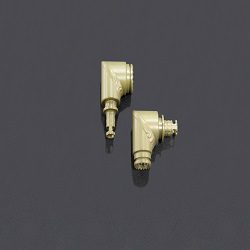
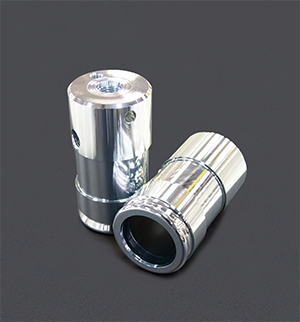
CADMIUM (or Cad) plating is a highly corrosion resistant type of coating which Danco applies by electro-deposition (or electroplating). Cadmium is a soft, malleable kind of plating that provides excellent protection to the underlying material, such as Steels and Aluminum. Cadmium Plating offers many unique properties in addition to its primary purpose, corrosion protection. It provides inherent lubricity, making it suitable for fastener components, it is a good electrical conductor for electrical connectors, it doesn’t interfere with welding processes for assemblies, and it can be used as an excellent base for primers and solid film lubricants. Historically, it’s primary use has been used in the Aerospace industry primarily due to its resistance to atmospheric and environmental conditions. Note: It’s important to note that Cadmium is a toxic metal, and its use in plating has raised environmental and health concerns. As a result, alternative coatings and platings, such as Zinc-Nickel or Zinc plating, are often being used in place of cadmium plating, where authorized. Note: Applying Cadmium Plating to Connectors for Space applications is not recommended. If exposed to higher
temperatures, particles of the Cadmium plating materials may begin to evaporate in a vacuum environment, and these evaporated particles can condense on other parts or equipment, degrading optics and creating unwanted conductive pats on electrical components, inadvertently causing shorting. Note: Users of Cadmium Plated Components and Hardware are advised that parts should not be packed in nonventilated containers or in direct contact with wood or cardboard, especially under conditions of high humidity or moisture, due to a corrosive reaction that often occurs between the cadmium plating and organic acids (i.e. formic acid, butyric acid, etc.) which form under these conditions.
ZINC NICKEL plating is an alloyed plating that consists of Zinc and Nickel, which Danco applies by electro-deposition (or electroplating). It is typically applied to Steel and Aluminum hardware and components for corrosion protection under different environments, but usage is not limited to these purposes. AMS 2417 is the most common specification for this type of plating. Zinc-Nickel coatings can be used as an alternative to Cadmium plating due to the unique combinations of properties, as well as for Zinc Plating, where higher corrosion resistance properties are required. Zinc-Plating has also proven to be one of the primary coating selections for aluminum connectors in order to meet the MIL-DTL-38999 stringent testing requirements. Zinc-Nickel Plating provides unique corrosion protection, wear resistance, and durability as it relates to Aerospace, Military, Automotive, Electronic, Agricultural and oil industry requirements. Zinc-nickel coatings are valued for their ability to provide superior corrosion resistance compared to traditional Zinc coatings (such as Zinc plating or
galvanization). They also exhibit good adhesion to the substrate, consistent coating thickness, and the ability to coat complex shapes and geometries. Note: Applying Zinc Nickel plating to Connectors for Space applications is not recommended. If exposed to higher temperatures, particles of the Zinc-Nickel plating materials may begin to evaporate in a vacuum environment, and these evaporated particles can condense on other parts or equipment, degrading optics and creating unwanted conductive pats on electrical components, inadvertently causing shorting.
